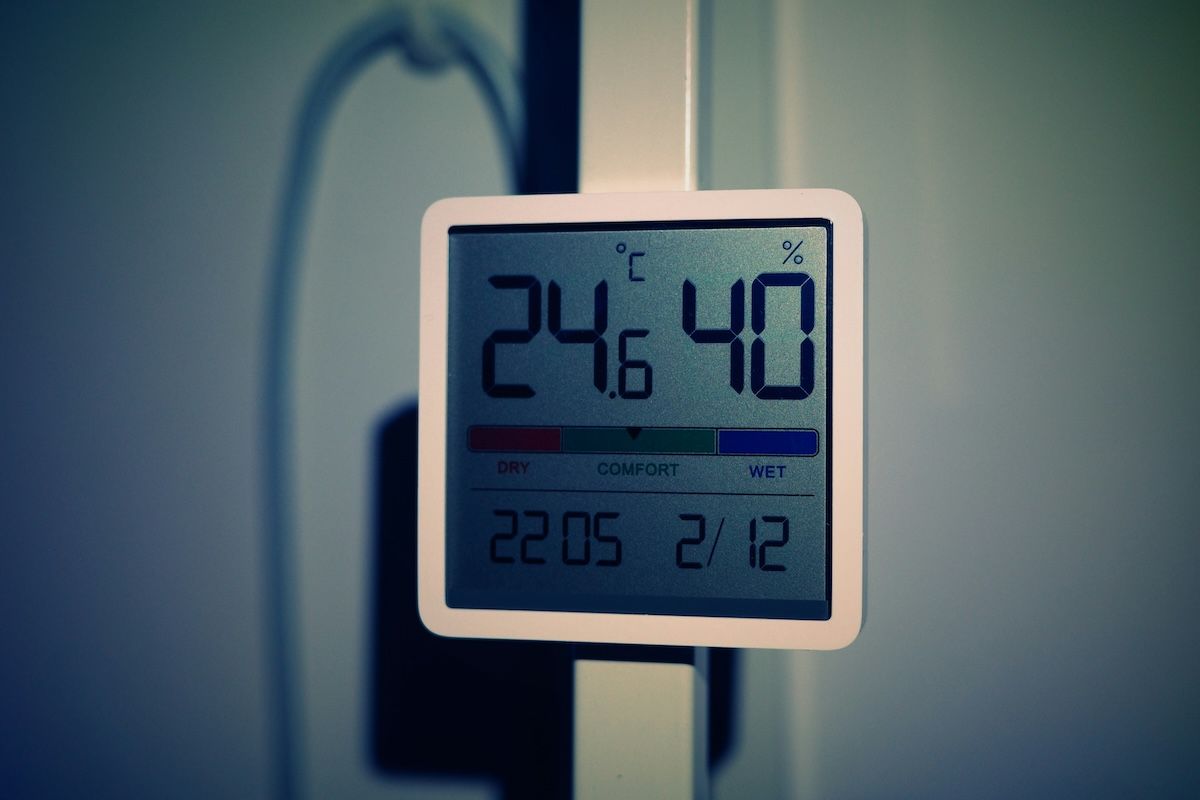2007 vs 2022 Housing Market – Is this the Next Housing Bubble?

April 2007. It seems like a lifetime ago to me. It was the month that I began my real estate career. It was also the month that was the end of the housing boom and began a decade-long housing crisis that spurred the “Great Recession”.
How did we get to the housing crisis in 2007? Will we see a housing market crash in 2022?
There were many things that lead to the housing crisis in the early 2000s. Some of those things we see today but many we don’t. Let’s review what happened then and what is happening now to get a better perspective.
What Made the Market Crash in 2007?
Aggressive Loan Products
The perfect storm for a housing crisis was brewing for a few years. I’ll use my own experience of becoming a homeowner as an example:
We bought our first home in 2003. We didn’t have much money to put down, so we took advantage of a unique and creative loan product at that time. The “80/20 “loan. This loan was 100% financing.
The banks were so confident that home prices would continue to rise that they felt there was virtually no
risk to be in a second loan position with the owner having ZERO equity in their home.
Soon after, loans were being approved simply on stated income and no income or verification. Let that sink in… no verification of income or assets. No way to prove they could ever pay the loan back.
These were called NINJA loans and I distinctly remember re-financing our home in 2006 all I had to do was state my income on the application and no other backup documents were needed.
Homeownership Was Strongly Encouraged
Loan products became even more lenient and creative as home ownership was being pushed. This is when we saw the predatory lending practices of lending money to individuals that had poor credit or little to no credit. There were some lenders going down to as low as a 520-540 credit score for borrowers under these terms:
- No money down.
- Interest-only loans (none of the payment was being applied to the principal of the
- mortgage).
- Adjustable-rate mortgage (a fixed rate for 2, 3, or 5 years then adjust based on the LIBOR rate or the 10-year T-bill.)
This loan product was a no-win situation for a borrower who was told by lenders and realtors that they could afford their own home. In my humble professional opinion as a licensed real estate agent, no lender who pushed these products, or realtor who convinced naive home buyers that they were making a sound financial decision were looking out for the best interest of their client.
Oversupply of Housing
Leading up to Spring 2007, housing starts over the previous 48 months were at a 30-year high. There was an abundant supply of inventory for potential buyers. And for a while, homes sold. Existing home sales in 2005 were just over 7 million homes (the highest level in the last 17 years).
In 2006 the demand dropped to 6.5 million homes and by 2007 we were at 5 million homes sold. Unsuspecting homeowners who listed their properties in the spring of 2007 had no clue what was about to happen to the real estate market. That began a 6-year period of homeowners who had to compete with short sales and REO (bank-owned) foreclosures.
Those who had to sell were chasing a falling market with price reduction after price reduction. It took until 2013 for existing home sales to reach 5 million units sold in one year. The real estate market finally hit rock bottom in 2013.
Now 15 years later, we are facing another housing crisis however it is a completely different type
of crisis than what we faced in 2007. It is, in fact, the opposite of 2007. We have very little
supply.
What is Different in 2022?
Lack of New Housing Inventory
In 2007, new housing starts were at a 30-year historical high. When the housing crisis hit, many builders went out of business or reduced their building starts dramatically. From December 2008 until October 2014 new housing starts were at an ALL-TIME historical low. This inventory was absorbed over the last few years and builders did not break ground on new developments in time. We lack new inventory for home buyers.
Supply Chain Disruptions Causing Delays in Delivery of New Homes
Covid disrupted the supply chain in February 2020 and many industries especially the housing industry have not been able to recover and adjust to this disruption. Prior to Covid, homes used to take 5-6 months to build. Now builders are quoting a 10-12 month build time. It is hard for a person to decide to sell their existing home for a new one if their new home will not be ready for almost a year.
Pent Up Consumer Demand
Many millennials put off buying a house for a decade from 2007 through 2016. As they began to start their families, they entered the housing market for the very first time starting in 2017.
Active Listings For Sale are Down
What you are seeing and feeling in the marketplace is correct. Call it the “Covid Effect”. Per realtor.com, the number of active listings of resale homes is down more than 50% from the 2017-2020 averages. During this time period, on average 1.2 million homes were on the market in May/June market. This year, there have been less than 550,000 homes available for sale. This has translated into a spring market where dozens of offers poured in on homes, and then they sold for more than 20% above the list price.
Lending Policies
Gone are the days of the zero down payment, NINJA (no income, asset, or job verification), Interest-only, and predatory loans.
Most home buyers since 2007 entered into a 15-year or 30-year fixed-rate mortgages. No surprises will be had with the interest rate spike for those who have a fixed-rate mortgage. And buyers who are qualifying for mortgages, are truly vetted as qualified buyers. As a direct result of these policies, defaults are at an all-time low per data from the Consumer Financial Protection Bureau.
Where Do We Go From Here?
It is truly hard to say. I knew when I started as a Realtor in 2007 that we were in trouble with the housing market. I felt it. I have mixed feelings about how this housing crisis will work itself out.
If you would have asked me in March of 2022, when interest rates were at 3.5% I would have said that we need sellers to be more courageous in listing their homes on the market and for buyers and sellers to be more flexible and creative with closings to allow for sellers to find their next new home. This is needed to start to get the dominoes to fall and have a healthy housing market.
This spring I had to personally negotiate for my buyers a close and 60-day lease back, as well as twice a 75-day close date for the seller to move forward with feeling comfortable buying their next new home.
As I write this, though, we are facing interest rates of 6.25%, and inflation at 10%. A buyer getting a new $300,000 loan is looking at an extra $544 a month interest than earlier this year. In addition to the estimated $400-600 a month increase in food and fuel costs because of inflation. This is going to be a difficult decision for an existing homeowner to sell now.
Will Home Listings Increase?
If a homeowner is listing their home now it is because they likely have to sell, not that they want to sell. This will most likely reduce active listings even more than the current level. Due to the economics of supply and demand, I do not foresee home prices dropping.
Even if we see an uptick in short sales and foreclosures, it will only help to meet existing demand and not put pressure on home values. At least not this time, in my humble professional opinion.
Things Aren’t as Bad as They Might Seem
At the end of the day, people need a place to live. And 6.25% interest rate isn’t the end of the world. When we bought our first house in 2003 the interest rate was 6.5%. Historically purchasing a home is the surest path to security and prosperity, and it will continue to be so. Home buyers will need to start their search earlier, be flexible on closing dates, and still be willing to pay top dollar in order to secure their piece of the “American Dream”.
If you’re interested in browsing the author’s profile or hiring him to sell your home in the San Antonio or Chicago area, message John Wright directly.





